Growing Focus on Product Lifecycle Management
The emphasis on product lifecycle management (PLM) is reshaping the Chemical Software Market. As companies seek to streamline their product development processes, PLM software becomes increasingly vital. This software aids in managing the entire lifecycle of a product, from inception through design, manufacturing, and disposal. The market for PLM solutions is projected to grow at a rate of approximately 9% per year, driven by the need for enhanced collaboration and efficiency in product development. By adopting PLM software, organizations can ensure compliance with industry standards while also fostering innovation, thereby reinforcing the importance of effective lifecycle management in the chemical sector.
Rising Demand for Chemical Compliance Management
The increasing complexity of regulatory requirements in the chemical sector drives the need for effective compliance management solutions. As companies strive to adhere to stringent regulations, the Chemical Software Market experiences heightened demand for software that facilitates compliance tracking and reporting. This trend is underscored by the fact that regulatory bodies are continuously updating guidelines, necessitating real-time compliance monitoring. The market for compliance management software is projected to grow significantly, with estimates suggesting a compound annual growth rate of over 10% in the coming years. This growth reflects the industry's commitment to maintaining safety and environmental standards, thereby reinforcing the importance of compliance-focused software solutions.
Advancements in Chemical Research and Development
Innovations in chemical research and development are propelling the Chemical Software Market forward. As organizations invest in R&D to create new materials and improve existing processes, the demand for specialized software that supports these initiatives becomes increasingly apparent. Software tools that facilitate molecular modeling, simulation, and data analysis are essential for researchers aiming to accelerate product development cycles. The market for R&D software is expected to expand, with projections indicating a growth rate of approximately 8% annually. This trend highlights the critical role that advanced software solutions play in enhancing the efficiency and effectiveness of chemical research, ultimately leading to breakthroughs in various applications.
Integration of Data Analytics in Chemical Processes
The integration of data analytics into chemical processes is transforming the Chemical Software Market. Companies are increasingly leveraging data-driven insights to optimize production efficiency and reduce operational costs. Advanced analytics tools enable organizations to analyze vast amounts of data generated during chemical manufacturing, leading to improved decision-making and process optimization. The market for data analytics software in the chemical sector is anticipated to witness substantial growth, with estimates suggesting a rise of around 12% annually. This trend indicates a shift towards more intelligent manufacturing practices, where data analytics serves as a cornerstone for enhancing productivity and sustainability in chemical operations.
Increased Investment in Chemical Manufacturing Technologies
Investment in advanced manufacturing technologies is a key driver of the Chemical Software Market. As companies seek to enhance production capabilities and reduce costs, they are increasingly turning to software solutions that support automation and process control. The market for manufacturing software is expected to grow significantly, with projections indicating a compound annual growth rate of around 11%. This growth is fueled by the need for greater efficiency and flexibility in chemical production processes. By adopting cutting-edge software technologies, organizations can optimize their operations, improve product quality, and respond more effectively to market demands, thereby underscoring the critical role of software in modern chemical manufacturing.


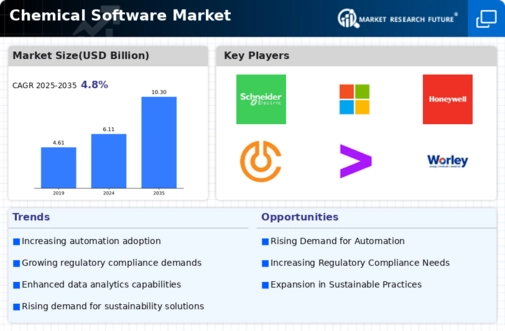
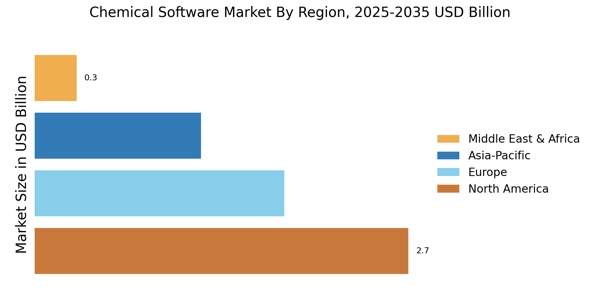


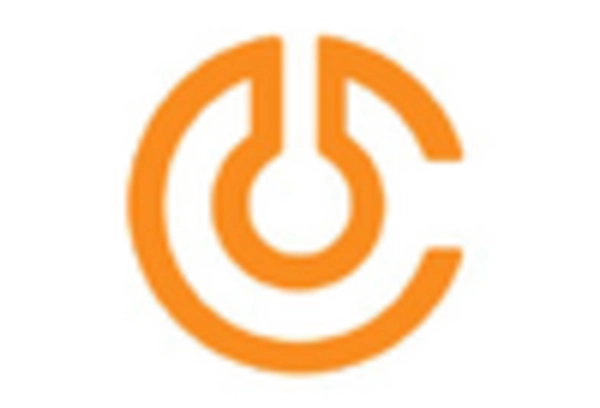
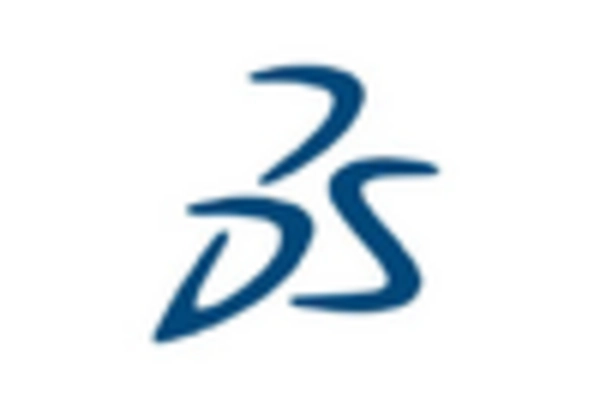
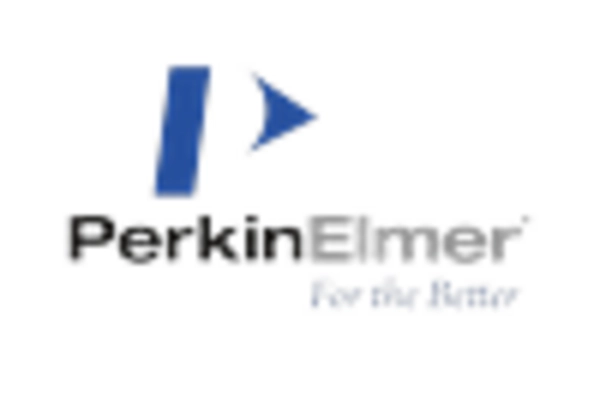
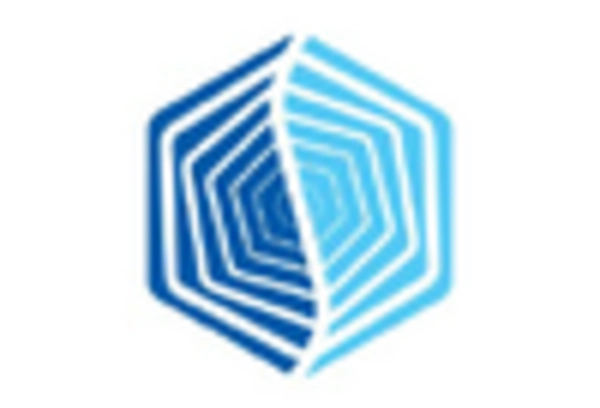








Leave a Comment